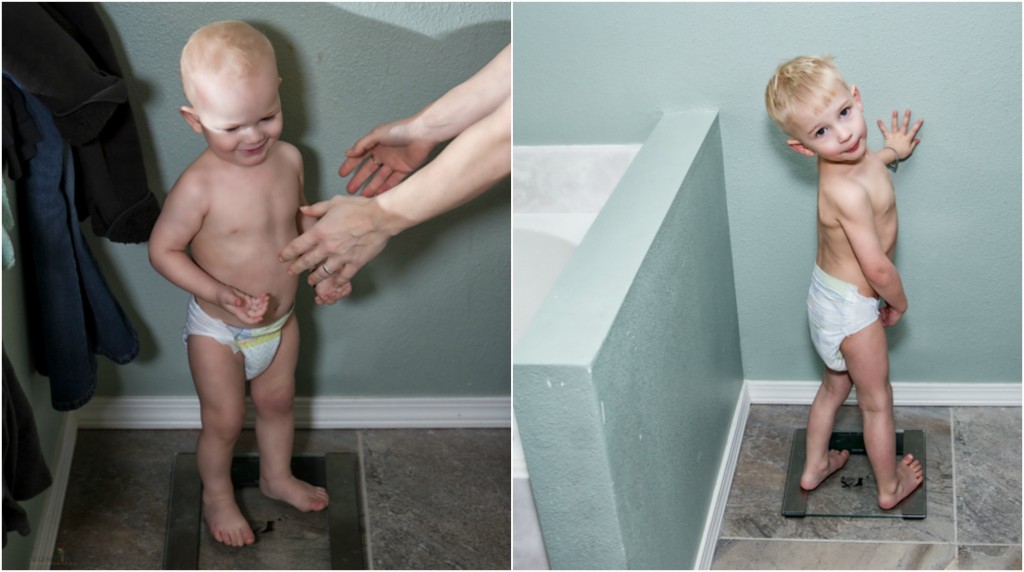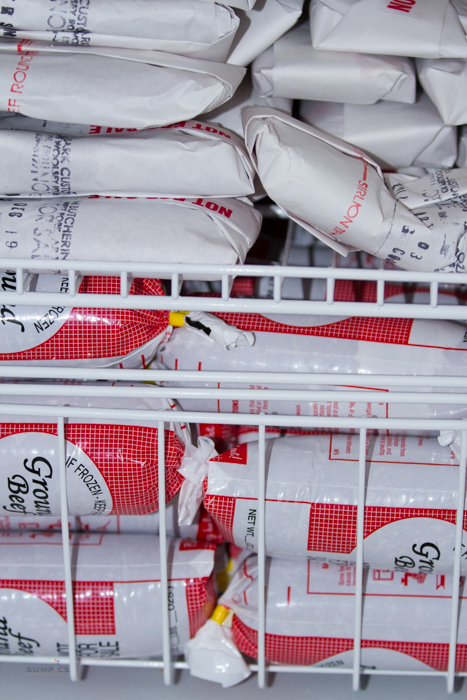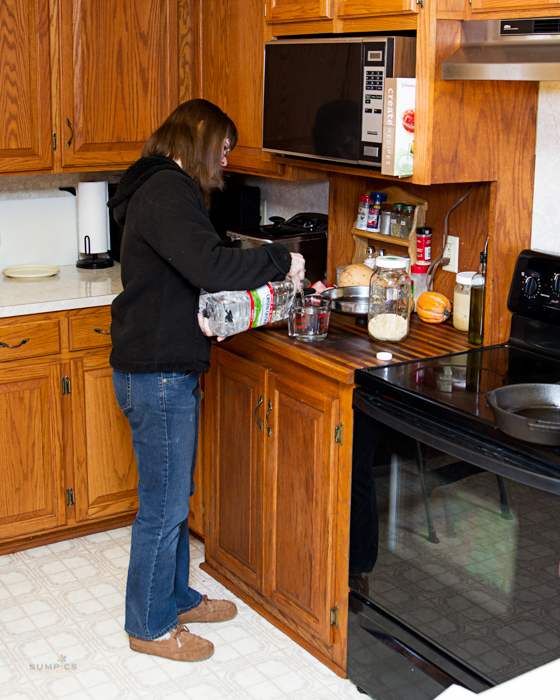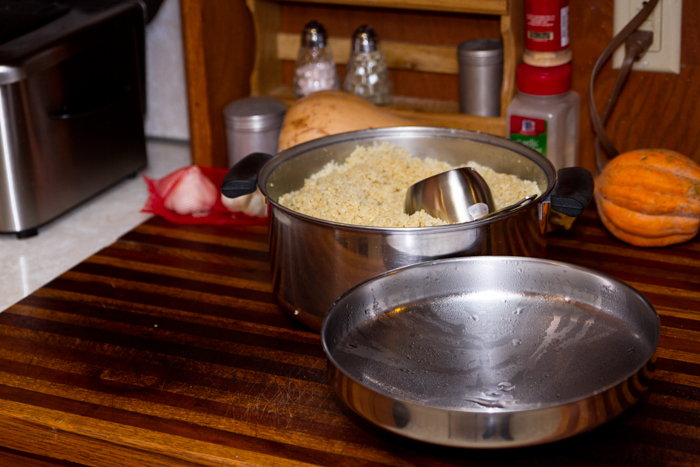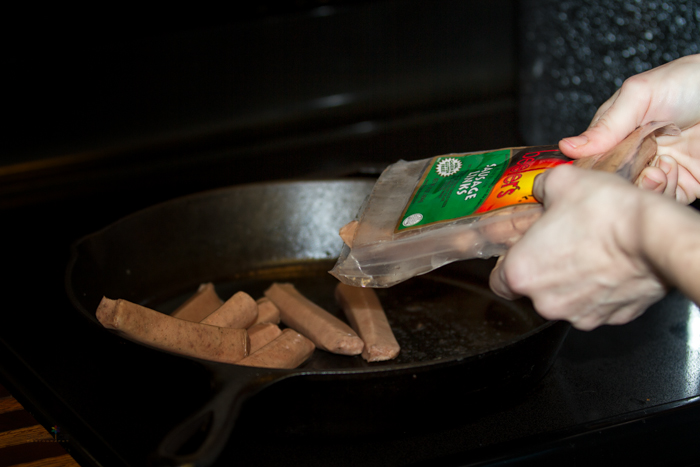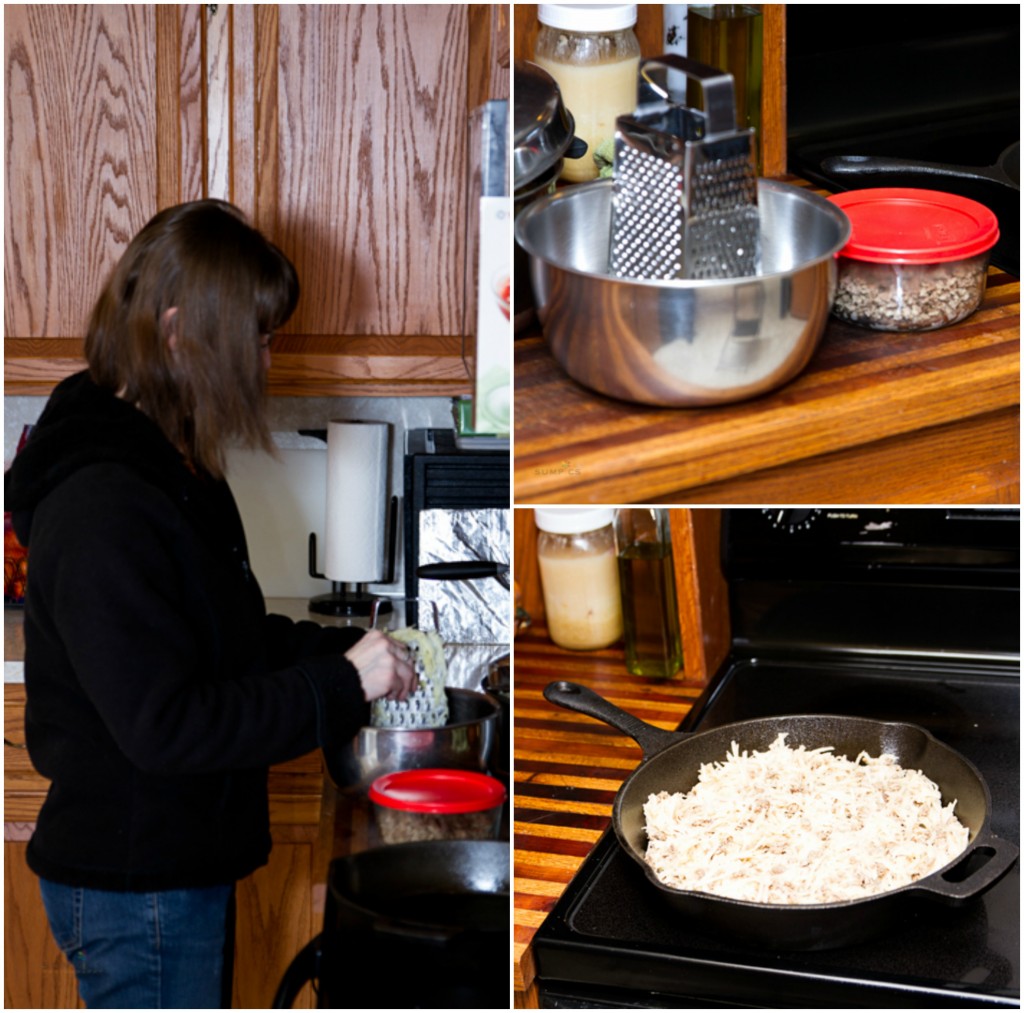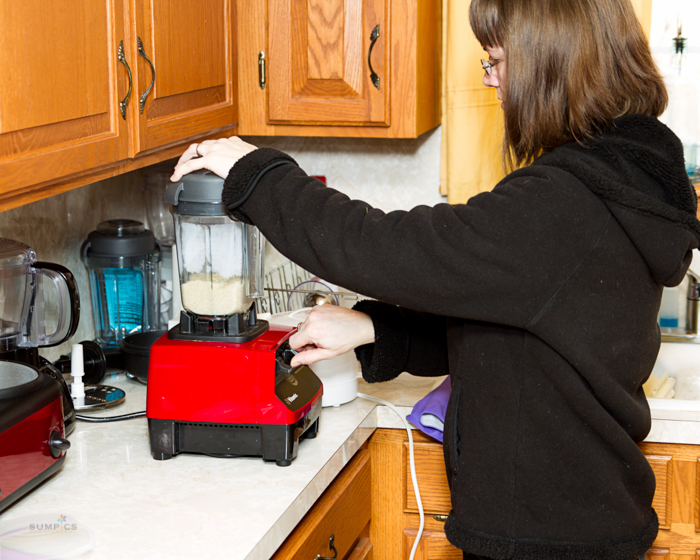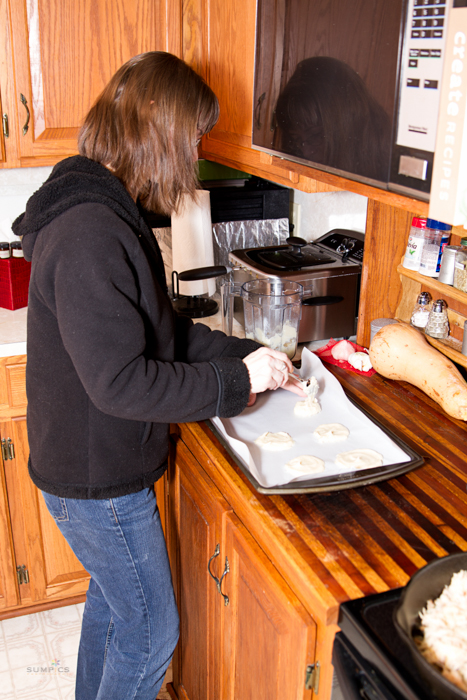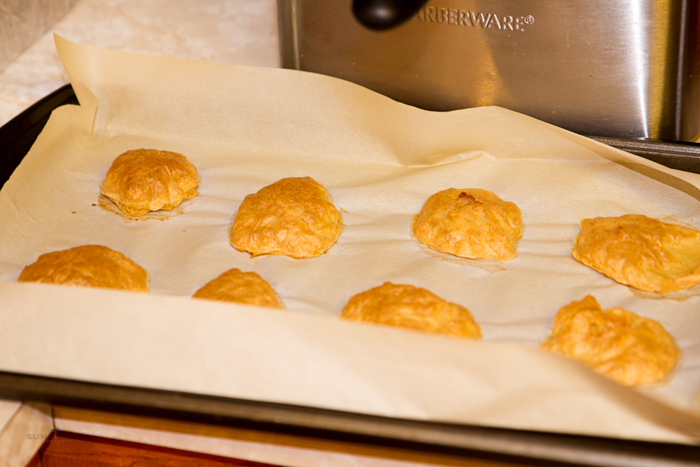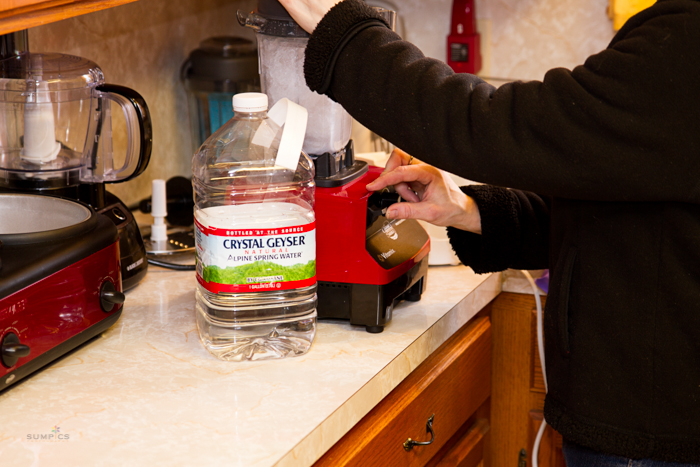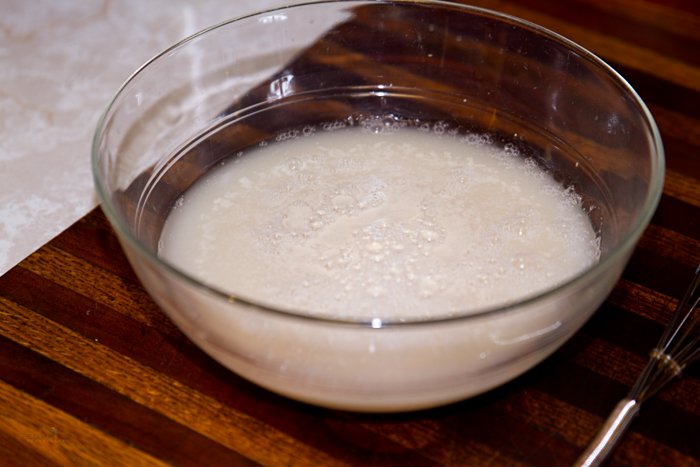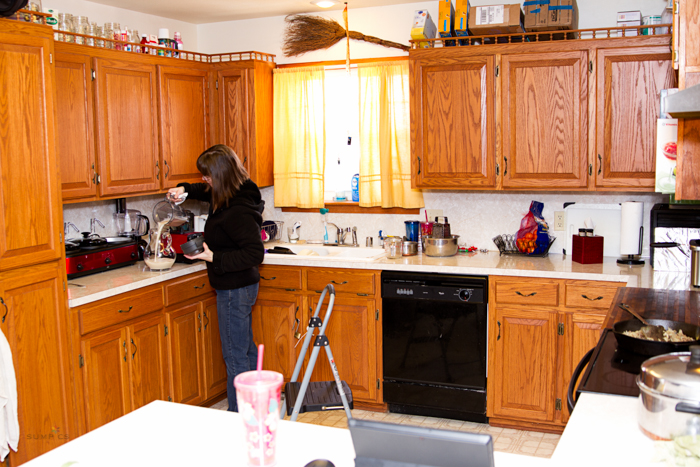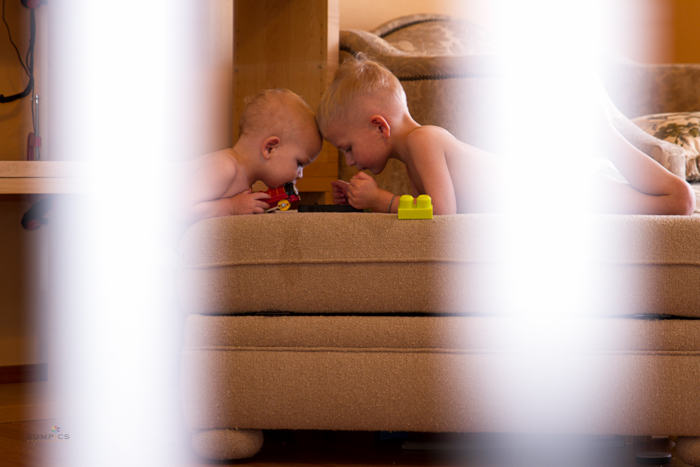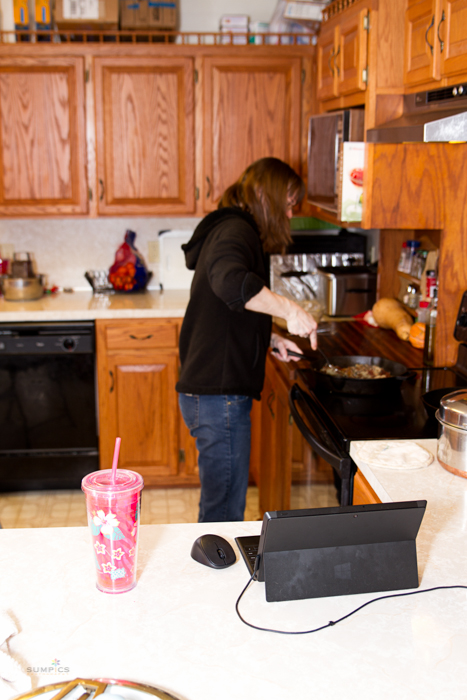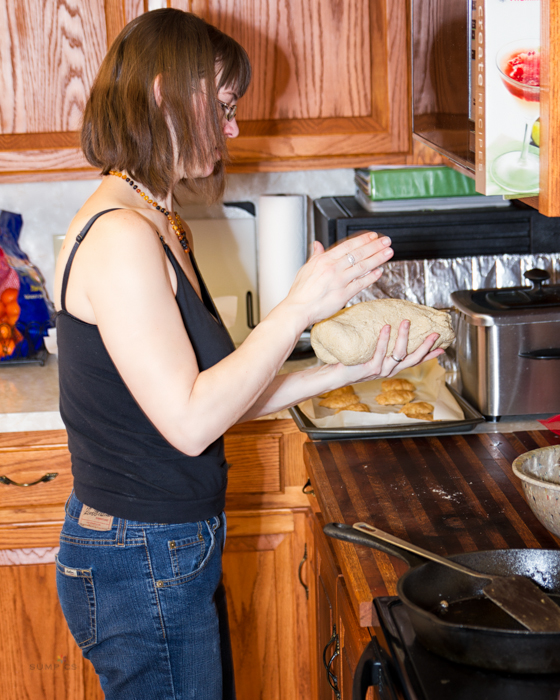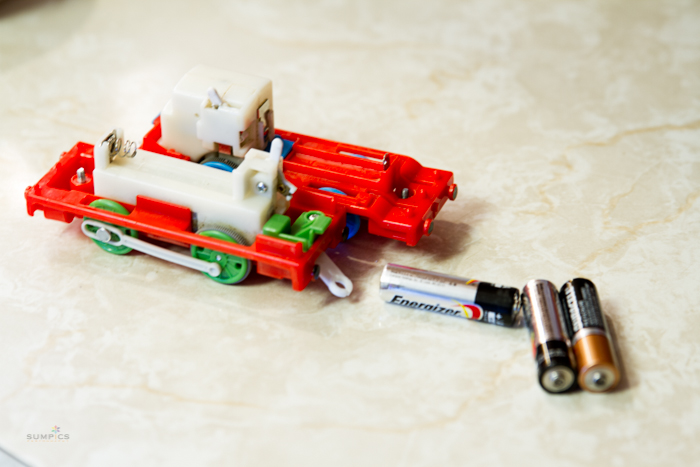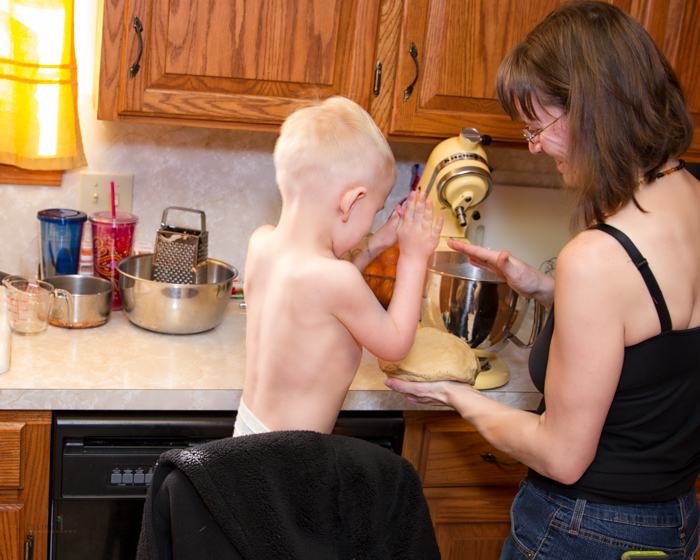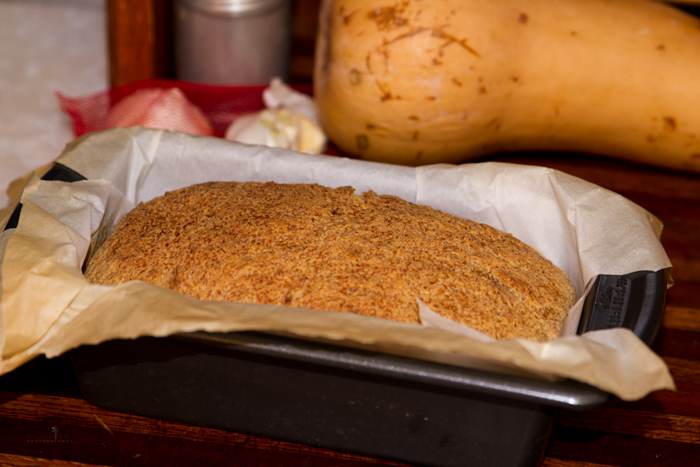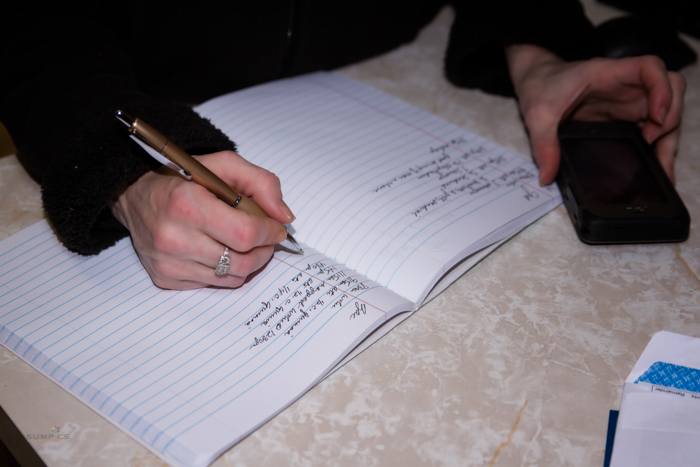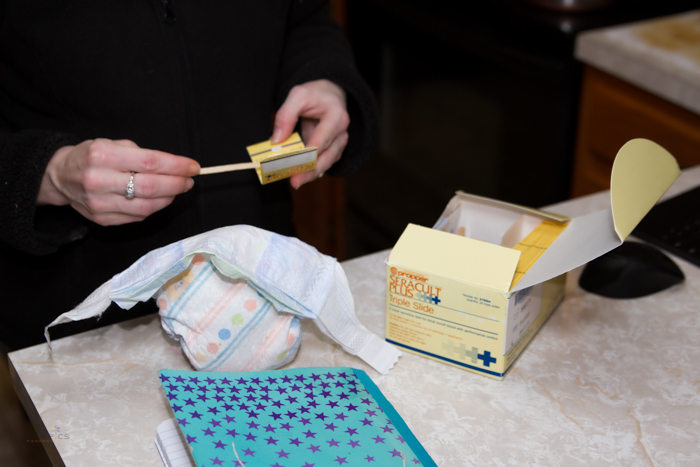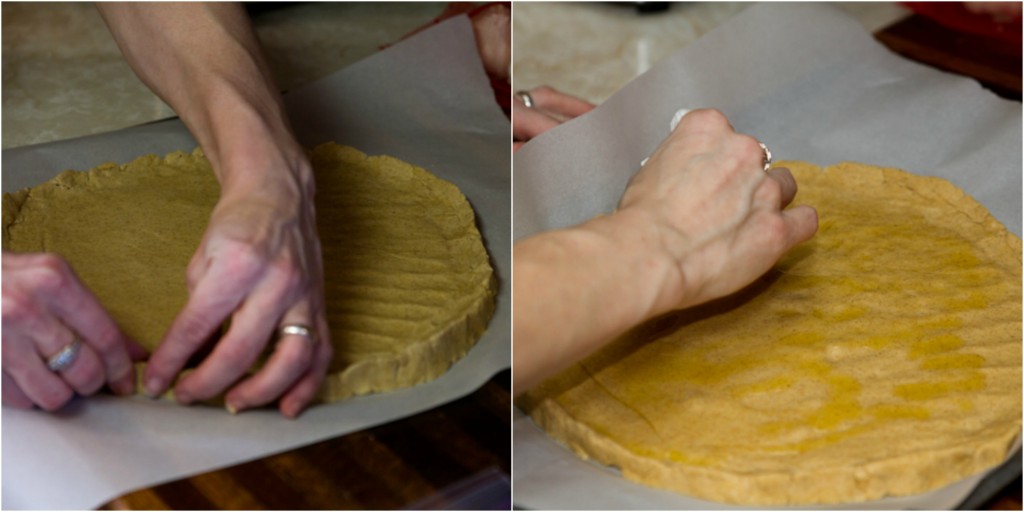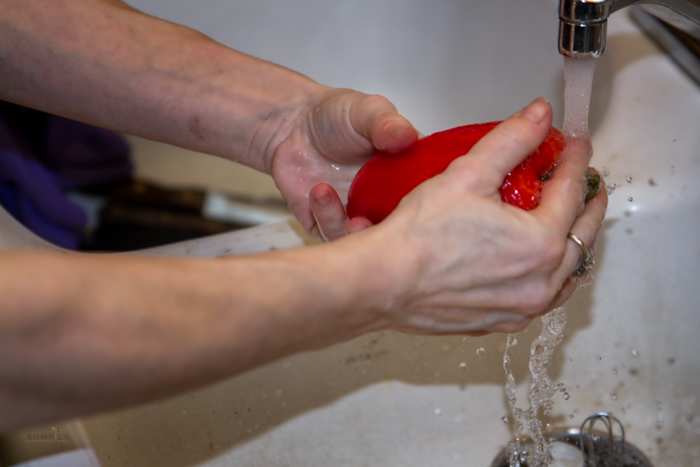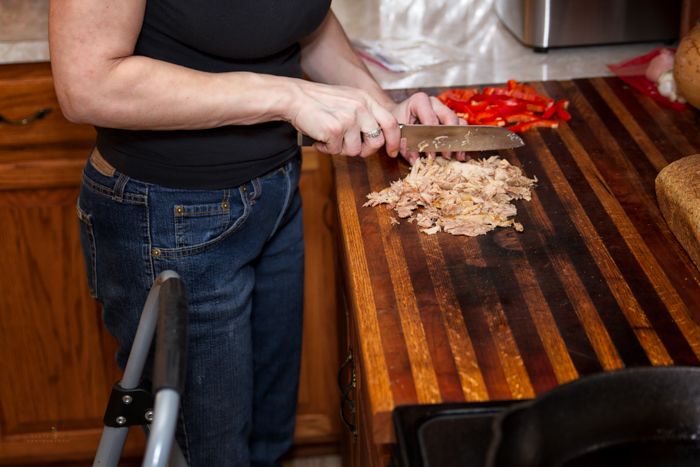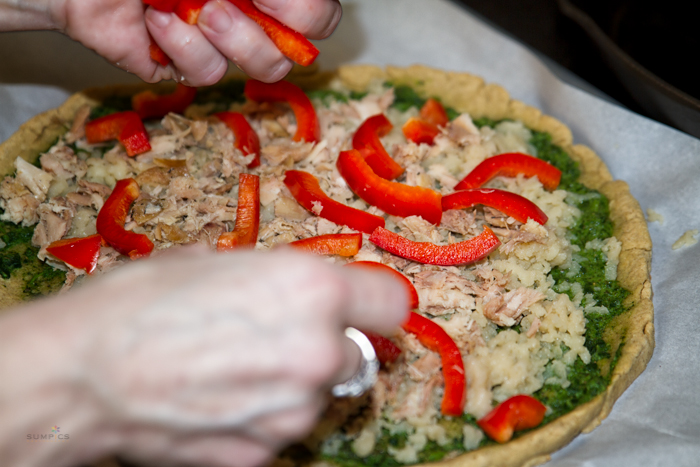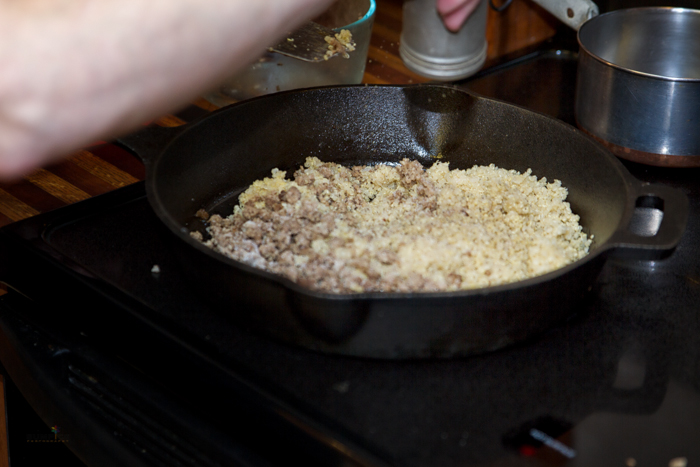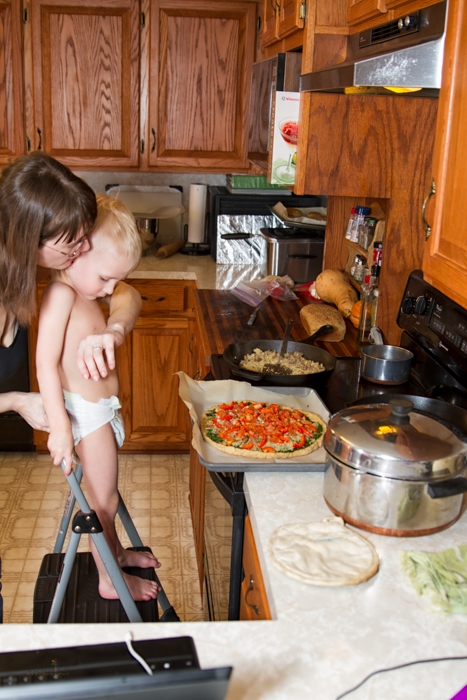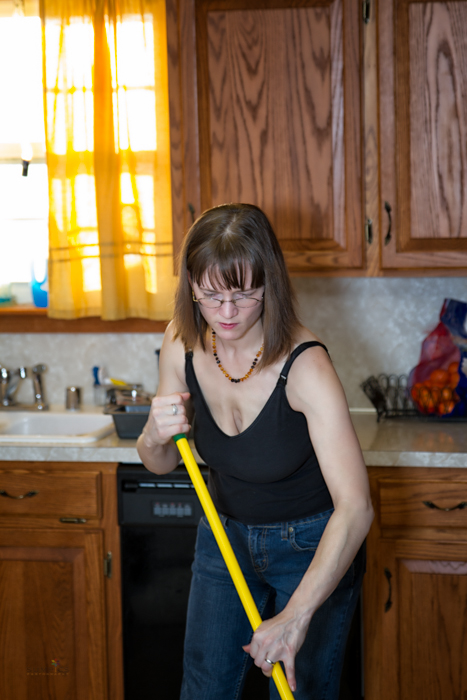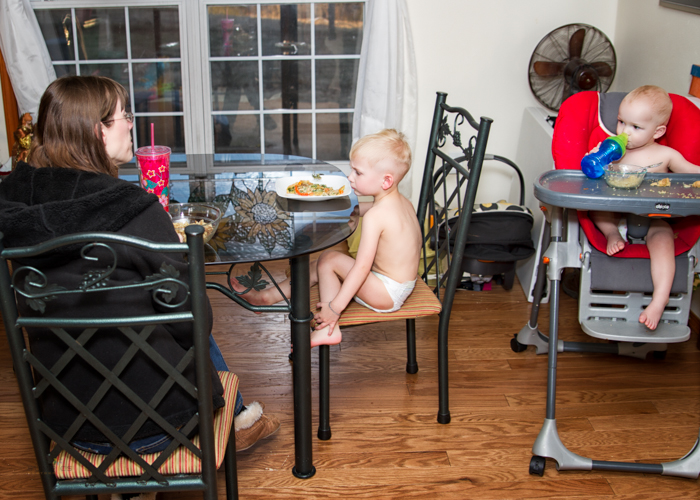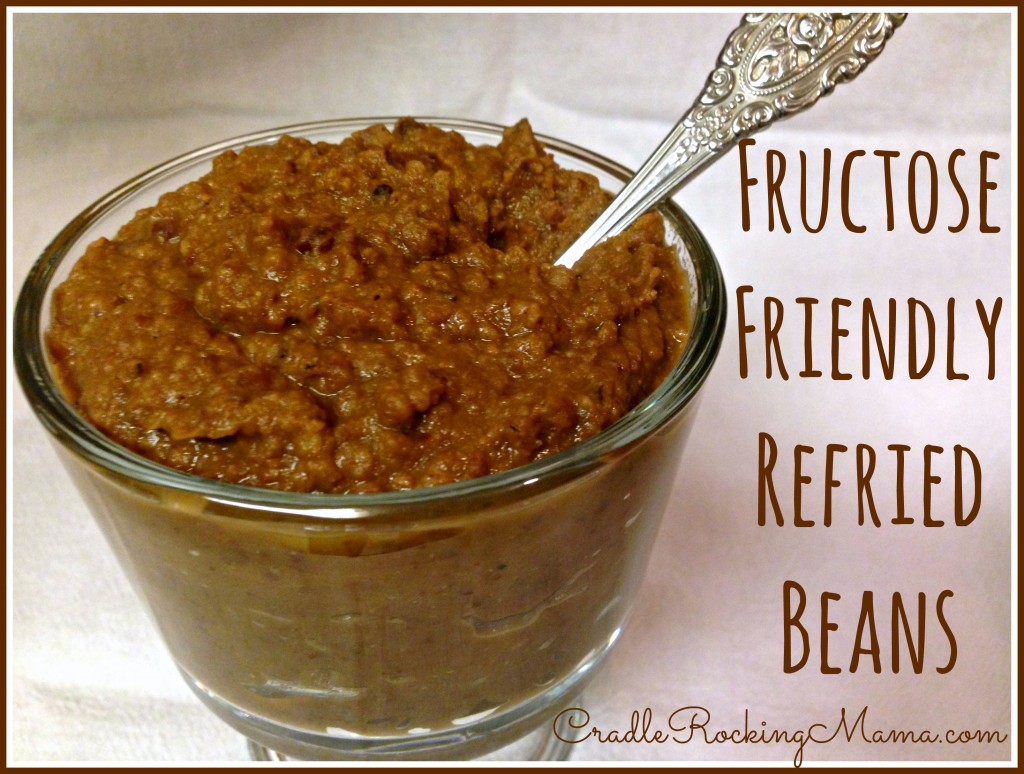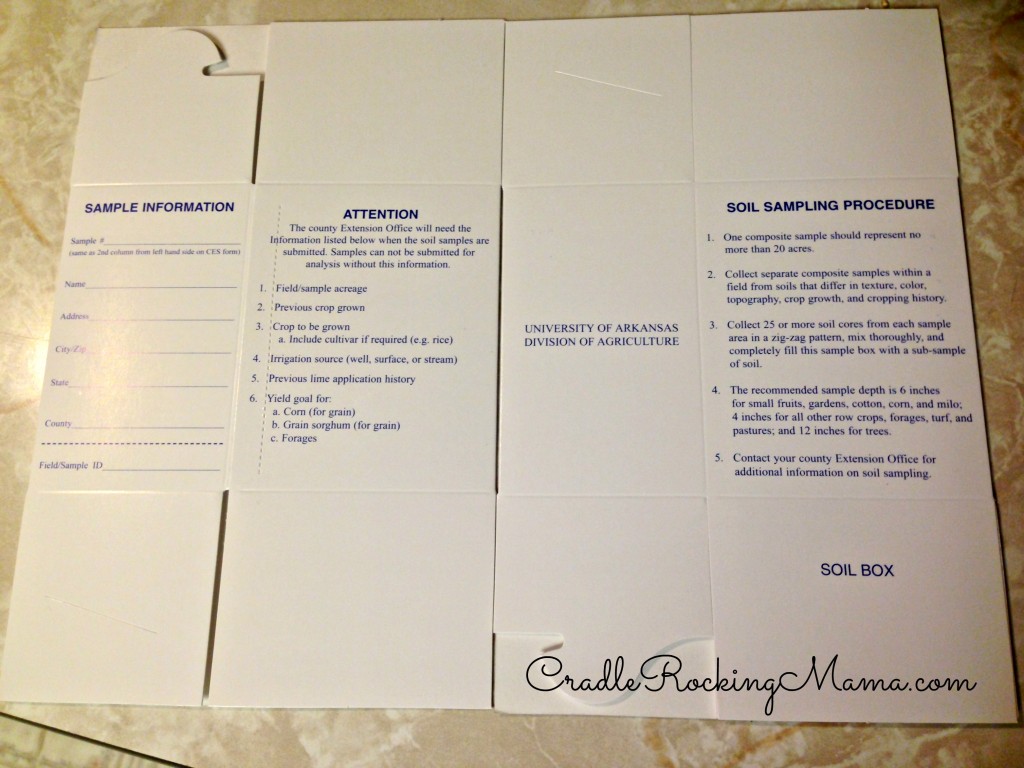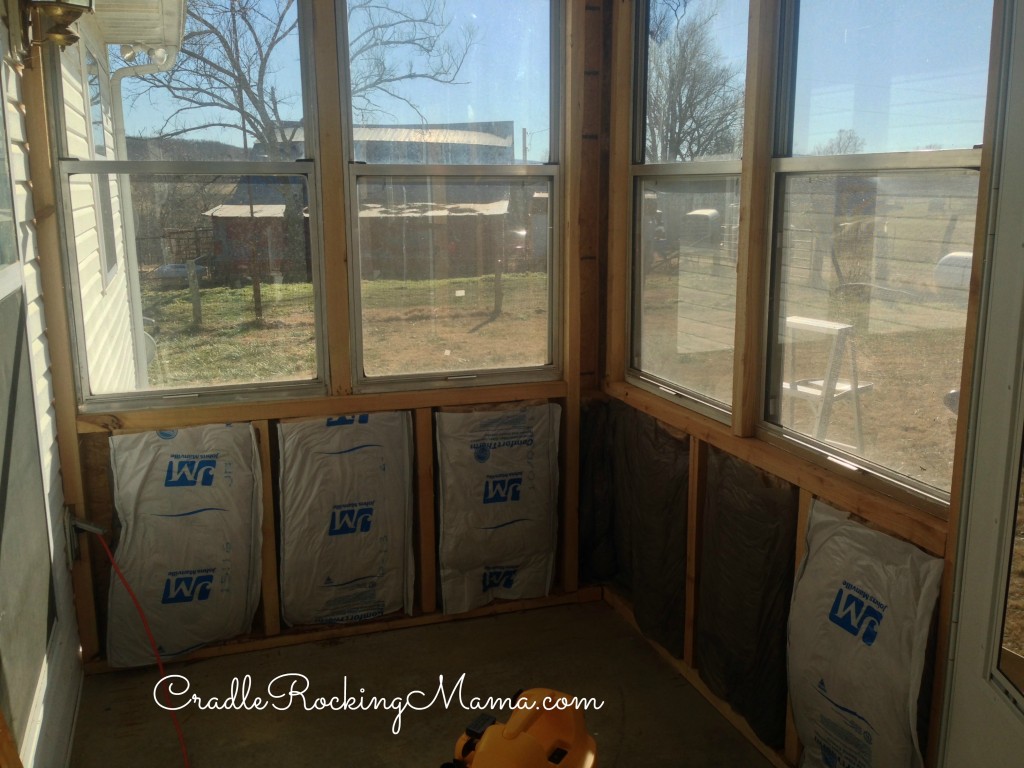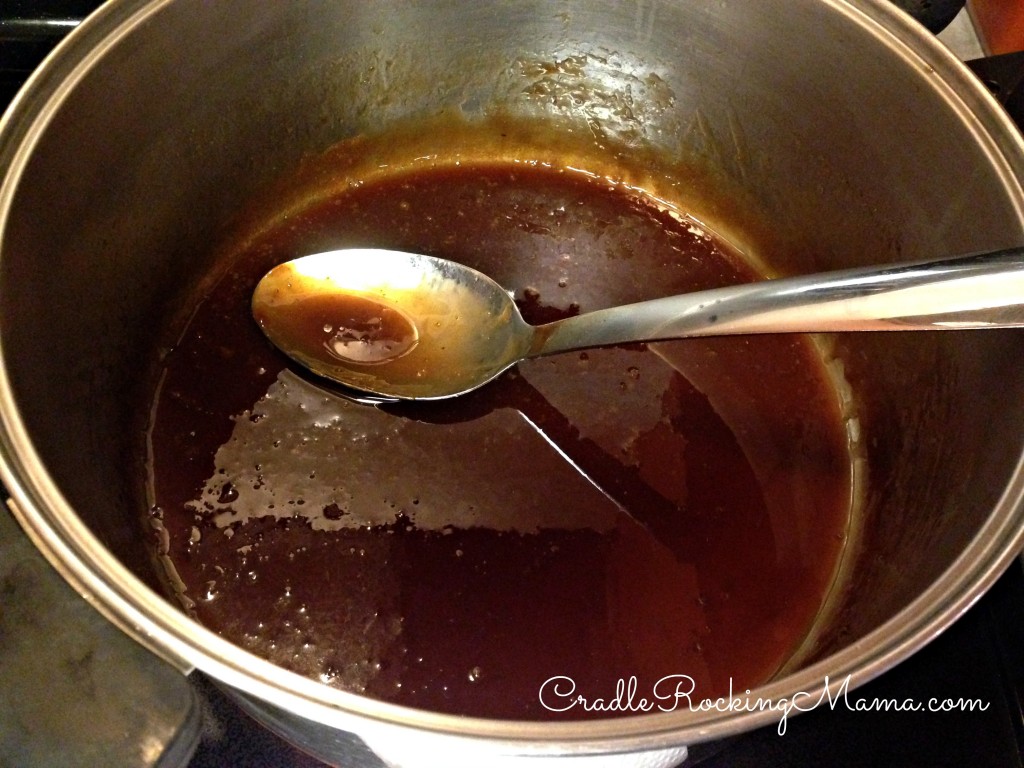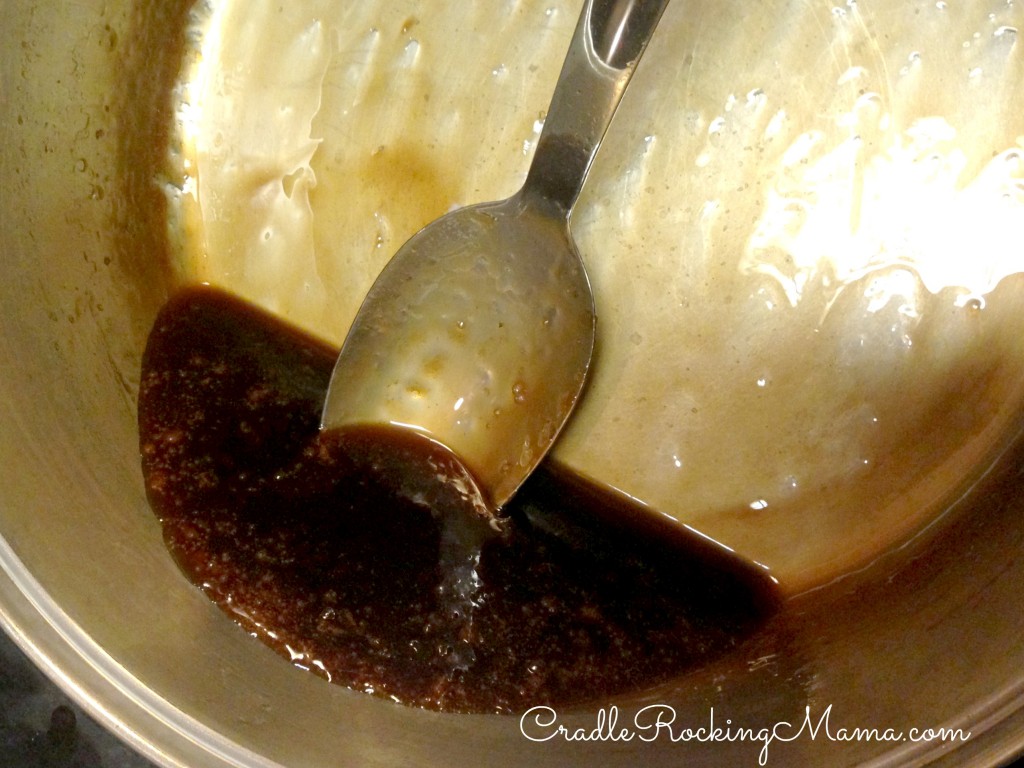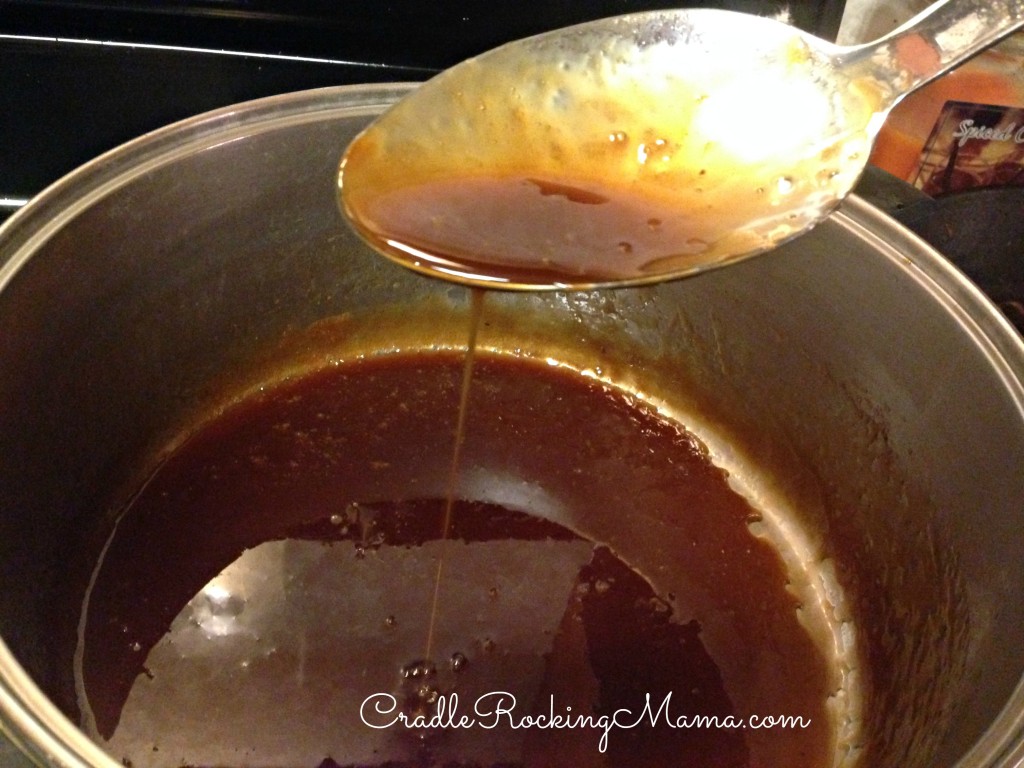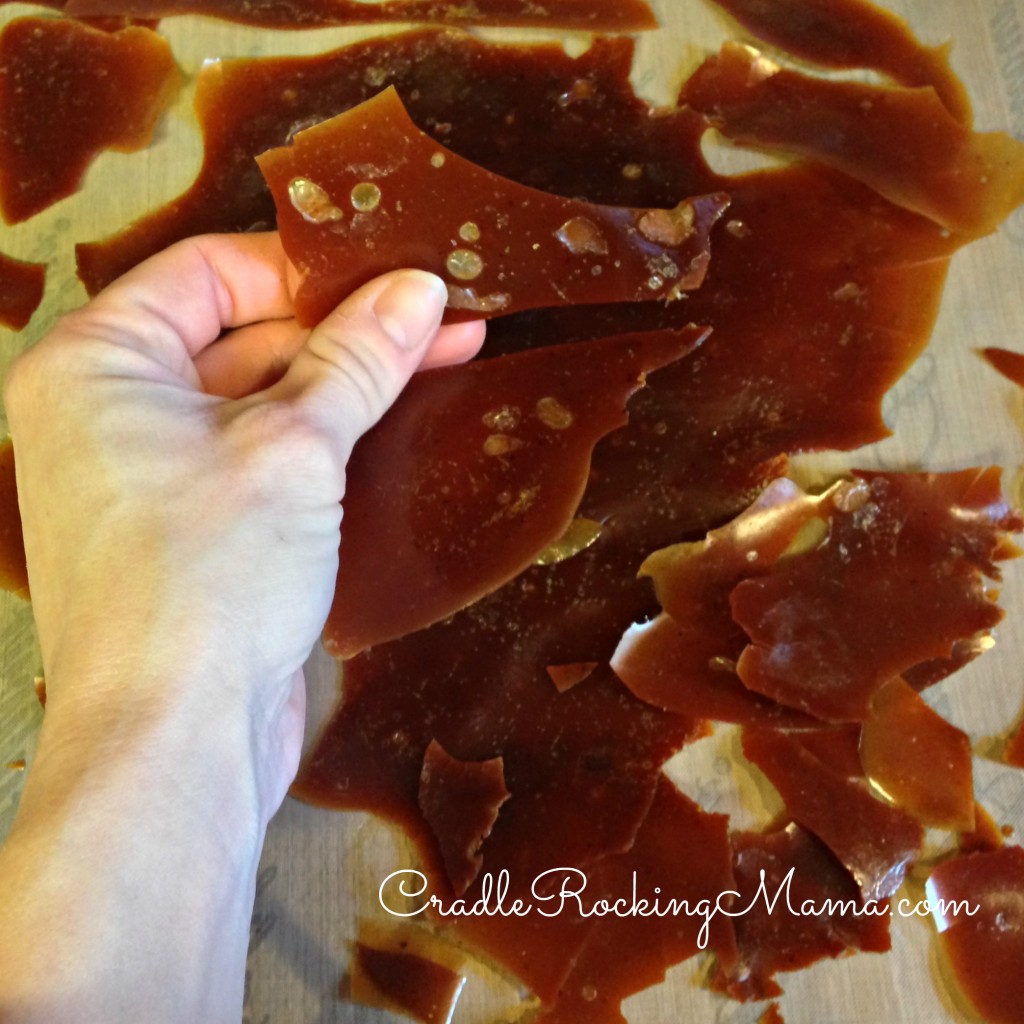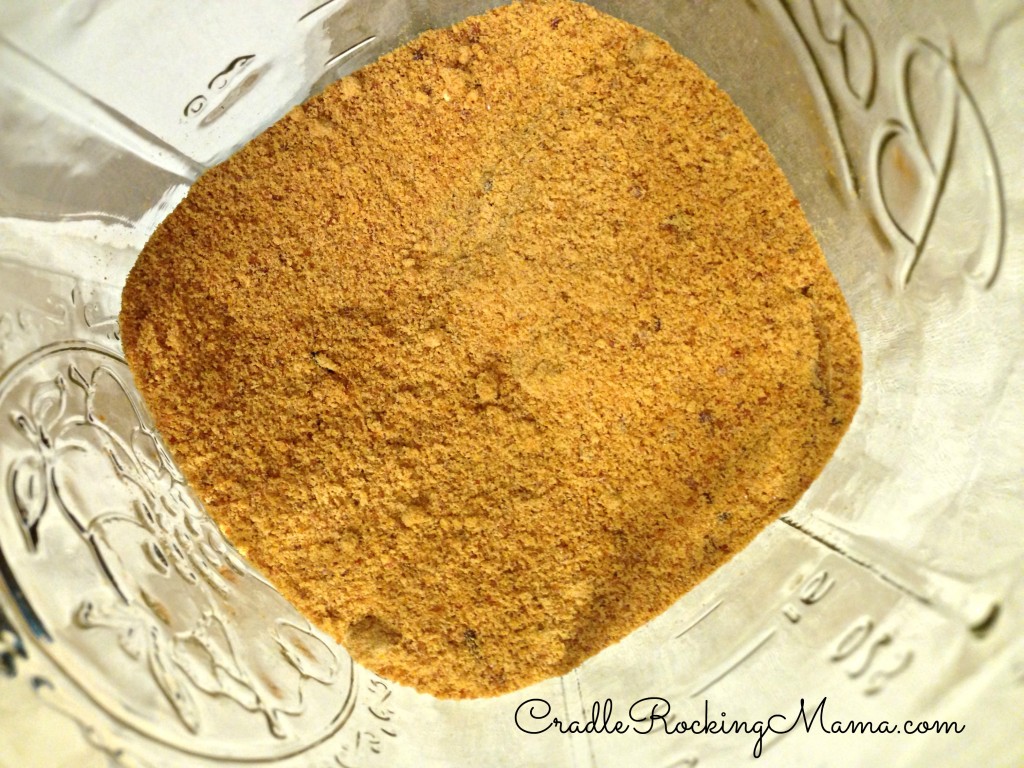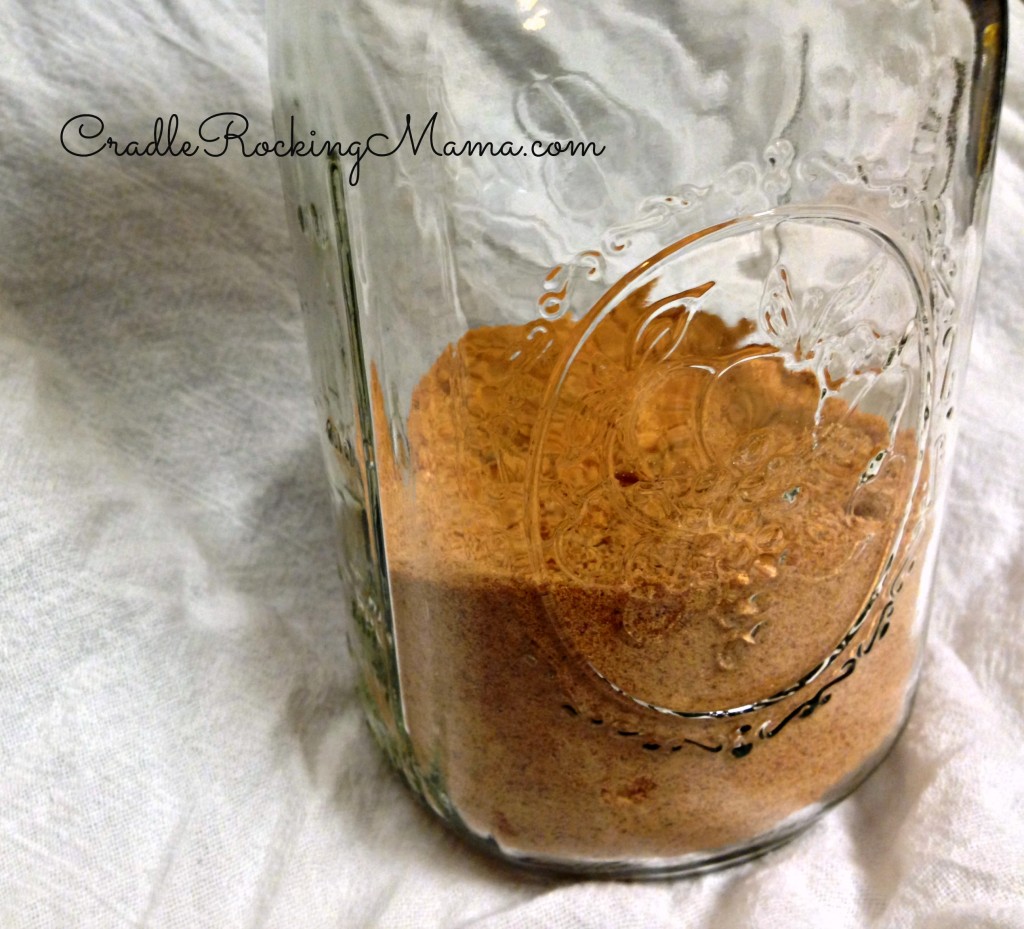Here it is – the BIG PROJECT I was talking about!
Last month, Darrel came to me with an idea about expanding his photography portfolio by offering to shoot some FPIES families.
We talked about it for a while, and his simple plan snow-balled into an entirely new concept: why not shoot different FPIES families for an entire day to showcase what “A Day in the Life of FPIES” is really like?
We both thought this could be an amazing “Awareness Raising” tool.
As excited as we were, I still has doubts that we could convince anyone else to participate. Letting someone shadow you for a whole day, taking photos and asking questions about your life…well, it’s kind of intrusive, isn’t it?
Still, I asked on the FPIES Facebook message boards for interested families, hoping we could beg 11 other families (one per month for the year) to agree.
In a matter of hours, I had 27 families in the United States alone who wanted to be a part of this project.
More wanted to participate from other countries!
I was blown away!
We immediately began making plans to fly out to Chicago to visit two of the families who expressed interest.
The first weekend we planned to travel, Jed had his bout of Mesenteric Lymphadenitis. Thankfully that turned out to be nothing serious but it scared us enough to cancel.
The next weekend Chicago (and most of the country) was hit with a blizzard.
The next weekend our family came down with cooties and were all out for the count.
Obviously we’ve had some stumbling blocks along the way, but we are still excited and raring to go!
We couldn’t ask anyone to do something we weren’t willing to do ourselves, so this first installment of “A Day in the Life of FPIES” is a simple day at home with my family.
Please take a moment to read and share these stories everywhere you can. The more people who see and understand FPIES, the more children we can help.
I hope these stories are as eye-opening as I anticipate, and that you gain from peeking in on life with a rare disease. Thank you for your support!
For the “Day in the Life” of our family, we photographed a typical Sunday at our home. The only thing that varied from a normal Sunday and the day we photographed is that normally my husband, Darrel, is not busy being the photographer and participates in household chores a bit more than we could show.
For starters, let me introduce our family.
Our oldest son is Jed. He is 3.5 years old and absolutely amazing. He also deals with MSPI (Milk/Soy Protein Intolerance), typical IgE allergies to egg and peanut, and Fructose Malabosrption.
Our youngest son is Zac. He’s 20 months old and the happiest baby boy you’ll ever meet. He is our FPIES child. As of now, he has multiple known trigger foods/items, and only one safe food. He lives primarily off my breast milk.
My husband, Darrel, is a bona fide computer geek, who happens to be very talented as a photographer. He’s been slowly building a side business in photography over the last two years, in and around our children’s health demands.
Then there’s me. I’m Carrie, and I blog about our experiences living with so many food issues and share recipes, tips, and information right here at Cradle Rocking Mama. I’m currently in the middle of many leave of absences from work to stay home and take care of Zac; as a Flight Attendant, it’s almost impossible to keep him safe and fed when I’m away at work.
On to our typical Sunday…
First thing every Sunday morning, the kids get their weekly weigh-in. Making sure our FPIES and Fructose Malabsorbative children are staying on track with weight gain is imperative; the weekly weigh-ins make it possible for us to keep tabs on their health.
This week, both boys weight was good! They hadn’t gained, but they had stabilized in weight after a recent sickness.
After diaper changes and getting dressed (for the adults; the kids both refused to wear clothes this day), it was time to head to the kitchen.
As I said, Zac is 20 months old and has multiple FPIES trigger foods. At this time, the only safe things for him to eat are quinoa and my breastmilk.
To keep my breastmilk safe for him, I’m on what is known as a Total Elimination Diet (TED). We’ve learned that the only foods I can safely eat for Zac are grass-fed and finished beef, russet potatos, quinoa, olive oil, sea salt, black pepper, and stevia.
This photo shows a small portion of what our freezer looks like; we buy whole cows that have been raised to specifications and have them butchered safely for us. We usually have a few hundred pounds of beef in our freezer at any point in time.
Jed has a restrictive diet of his own, as he must avoid dairy, soy, egg, peanut, and anything with fructose (which includes wheat, most fruits, many vegetables, honey, and almost all medicines).
Cooking for my family is an intensive affair.
I started off on Sunday by cooking a large pot of quinoa seeds for Zac. I try to cook a big pot of quinoa to keep in the fridge; sometimes it lasts a whole week, sometimes I have to do it twice per week. On this day, I cooked 5 cups of quinoa seeds.
We have to be careful with water, as well. Water can have additives, and Zac is reactive to corn (which many additives are made from). We’ve noticed that he does better overall if we keep his water supply as additive-free as possible. Consequently, we cook and wash all of his and my food and dishes with one particular brand of bottled water.
After getting the quinoa cooked, we served him a bowl of quinoa for breakfast. He loves feeding himself!
While I was cooking the quinoa, I also cooked some fructose-free sausages for Jed’s breakfast. He also asked for a bowl of cereal, which we use quinoa milk for. That left us low on quinoa milk.
Jed loves to drink smoothies, which he calls his “special drink”. Darrel makes them safe for his fructose issues, and we often have leftover smoothies in our fridge. I also make our quinoa milk from scratch, and keep a pitcher in the fridge at all times.
I started cooking breakfast for myself then; a recipe I created that I call Hamburger Hash. Very simple, it’s just grated potatos and ground beef with salt and pepper, pan fried in olive oil just like hash browns.
While that was cooking, I headed over to the blender to work on some more food for Jed and Zac.
I’ve been experimenting lately with trying to create some sort of flatbread, tortilla type thing made of just quinoa and water for Zac. Today was another ratio change and experiment. This time they came out sort of puffy like a sopapilla!
Then I made some more quinoa milk for the boys to drink and use.
While that was going on, I started proofing the yeast for some bread. Because of Jed’s fructose issues, he reacts to wheat, so I have to make our bread from scratch. I try to make a loaf every weekend for use throughout the week.
I got the bread set to rise just about the time my breakfast was ready, and as usual, ate it in the kitchen. Darrel ate his breakfast at the dining room table, but if Zac sees me while I’m eating, he yells for me the whole time. So I have to hide to eat.
The whole time I was cooking in the kitchen, the boys were playing by themselves in the living room. We had a movie playing over the TV, but they weren’t interested in that very much once they “borrowed” my phone. Jed had a good time introducing his little brother to one of his favorite pre-school apps.
Jed can come and go throughout the house as he pleases, but Zac spends his days confined to the living room. The only times he ever leaves it is for sitting in his high chair at meal times, diaper changes, showers, and bedtime. His world is seen through the baby gate that protects him from the kitchen and dining room, and the food dangers they contain.
When he wasn’t following his brother around trying to play games on my phone, Zac played by himself. But wherever he went, he carried his spoon with him.
We only discovered quinoa was safe for him in November, when he was 17 months old. He is so in love with being able to eat that he insists on carrying a spoon with him everywhere, now.
Because I spend so much time in my kitchen, I’ve set up a computer work-station on my counter. It’s where I pay bills, blog, and keep track of my recipes. I usually sit in front of the computer on Jed’s step stool to eat.
As soon as I’d finished eating, I headed into the living room to nurse Zac. Aside from the quinoa, he’s still primarily breast fed. Basically we nurse on demand, and he always demands to nurse after I finish breakfast.
This is still one of the nicest parts of my day. Zac nurses, and Jed usually lays on my legs or sits next to me on the couch and we all snuggle. On this day, Zac nursed twelve times in the 24 hour period between midnight and midnight, for a total of almost 4 hours of nursing time.
 After our snuggle/nursing session, I went back to the kitchen to punch down the bread and get it into the loaf pan. I unloaded the dishwasher I’d already run that day, and reloaded it.
After our snuggle/nursing session, I went back to the kitchen to punch down the bread and get it into the loaf pan. I unloaded the dishwasher I’d already run that day, and reloaded it.
Part of the danger of FPIES for us is that Zac is super sensitive to trace contaminants. Every time his big brother brings his toy trains (or any of his toys) into the kitchen, we have to give them a good “washdown”. They have to be scrubbed with soap and water if they have touched any food at all.
Jed’s toys get lots of wash downs. He is only 3, after all.
Because Zac is so sensitive to soy, corn, and rice, and is still teething (therefore prone to chewing and gnawing on anything he can grab) we have to strictly prohibit crayons, markers, and most arts and crafts projects. Poor Jed has only been allowed to practice coloring under strict supervision and in the rarest of circumstances.
Even with our close supervision, he has managed to sneak crayons into places where Zac got a hold of them and had reaction symptoms for days or weeks to the contaminants they contain. For our own mental health and Zac’s physical health, they are all now banned from our house.
However, we recently realized that we could allow Jed to use quinoa seeds as a sensory/pouring/craft/play activity tool, similar to the way so many people use rice or beans for their pre-schooler. He loves playing with his “mess”, as he calls it.
It is a mess, but he gets to practice skills he otherwise would be limited in practice on, like pouring and measuring, so it is worth it.
While I worked on bread and kitchen cleanup, and Jed played in his “mess”, Zac went back into the high chair to eat my quinoa experiment for lunch. He liked them, but since I still don’t quite know what to call them, I doubt I can use it in my blog just yet.
When we were done with kitchen cleanup, the bread was ready to go into the oven. I put the bread on to bake, and took Zac to put him down for a nap. This day, he went down easily and slept for two hours, which was lovely. Sometimes, if he’s reacting, we don’t get much naptime, or he needs me to stay with him the whole time he naps. Fortunately, he’s at baseline at the moment so we were able to have a normal naptime.
While he was napping, Jed and I went back to the kitchen to get some lunch and dinner preparations.
I had eaten breakfast so late that I wasn’t hungry. Jed hadn’t finished eating his breakfast, and he was happy to eat that re-heated. Lunch isn’t always so easy for us, but I’m always grateful when it is!
As soon as we’d finished eating, we started on dinner. I was trying out a new recipe for a gluten-free pizza crust, and Jed really liked helping me shape it into a ball for its’ rise.
With so many food issues in our house, I try to encourage Jed to help in the kitchen as much as possible so he doesn’t develop any ‘fears’ of food. It’s hard, since I have so much cooking to do daily with so little time to do it, but I try. He always loves to help.
The bread came out of the oven, and I had to fight Jed constantly to keep him from digging in to it. This recipe requires it to be completely cooled before you cut into it, or it comes out sort of gummy and yucky. Jed never wants to wait until it is cool before eating it!
Zac woke up, and we nursed again. Jed played with his trains this time.
We keep detailed notes on each child. Every bite of food they eat, their moods, their diapers, their behavior, their sleep patterns are all documented.
I keep it pretty simple: just a regular composition book. Each boy gets one side of the page, and each folded out page is one day. This has been a life-saver in helping us determine reactions.
Zac had a dirty diaper, and since he was coming off antibiotics that we weren’t sure he would tolerate, we tested it for occult blood.
One of the surest signs of a reaction, for us, is the presence of blood in his stool. Before we got these test kits, we would have to drive the dirty diaper to our pediatricians office to have them perform the exact same test. This is much easier – and instant results are nice. This diaper had no blood, thankfully.
After a good hand washing, I returned to kitchen duties.
The pizza dough had risen enough that I could roll it out. It was a new recipe, and it didn’t turn out like I’d expected. In the end I had to use my hands to press it into shape.
Then it needed to be coated in olive oil. I couldn’t find my pastry brush anywhere, so I resorted to using my hands to spread the oil around.
I moved on to making the ‘sauce’ for the pizza. Tomato sauces are not safe for Jed due to his fructose issues, so I created a spinach/basil/olive oil pesto-style sauce instead.
You can see that we have two food processors on our counter. One is for general use; the other is used only for Zac’s safe foods to avoid cross-contamination.
That’s the same reason we have multiple blender containers. One is for general use, the other two are for Zac safe foods only. I use one to grind quinoa flour for recipes, and the other for liquid creations, like the quinoa milk.
We are also careful with our dishwashing procedures, and have three scrub brushes at our kitchen sink at all times: one for general dishes, one for my dishes, and one for Zac’s dishes. Our cooking utensils are sorted similarly, though we are slowly transitioning to all stainless steel spatulas and spoons that can be used for all foods and sterilized between uses.
After making the sauce, I washed and chopped a bell pepper.
Thawed some pre-cooked, frozen chicken and chopped it into bite sized pieces.
I shredded some vegan cauliflower based “cheese” that I’d made the day before, and the chicken and the bell peppers went on as toppings for the pizza. It went in the oven.
Then I started making my own dinner. Browned ground beef and quinoa heated up together on the stove with some olive oil. It’s really simple, but very tasty!
Jed likes to use his step-stool to help in the kitchen. He usually pushes it to be exactly where I need to be working. Here, I’m pulling him back to a safe distance so I can open the oven door.
Pizza’s ready!
Several times per day, I sweep the floors. The living room gets swept at least once per day, sometimes twice, but the kitchen and dining room are swept no less than 3 times daily, and sometimes as many as 9 times per day.
If food has been eaten in my kitchen or dining room, the floors get swept.
This is how we usually eat dinner. That is the closest that Zac has ever been to our dining room table. Zac sits in his high chair and eats his quinoa, whatever version of quinoa I’ve made for him. The rest of us eat at the table. Usually Darrel eats whatever I’ve made for Jed, though occasionally he will eat my version of dinner.
Whatever Darrel chooses to eat, every meal time in our house requires cooking three different meals to fit three different dietary needs.
This night was only the second time in Jed’s life he’d ever had pizza. It’s very hard to find a dairy, egg, wheat and fructose free pizza anywhere! Most people consider pizza a convenience food; something to order in on a lazy night or pop in the oven from the frozen food section. You can see how, with FPIES and other similar food intolerances, there is no such thing as a convenience food.
I wish I could say the pizza turned out delicious. It was good, Darrel said, but the crust didn’t want to hold together and in the end they had to eat it with a fork. Obviously more experimentation is needed to make a realistic pizza for my son.
After dinner we bathed the boys and went through our bedtime routine. I needed Darrel’s help with that, so we basically stopped photographing our day at dinner.
Jed sleeps in his own bed in his room, but Zac still sleeps in our bedroom due to the 2-5 times per night he wakens to nurse. After 20 months of that frequency of night wakings, I’m exhausted, but I would be incapable of functioning if I had to go to another room, get him from his crib, carry him to a chair, sit and nurse him, and reverse the process. For all our safety and mental health, having him in our room is the right decision to make.
One day he will move past breast feeding and can join his brother in “the boys room”.
After the boys were showered, we read books and said prayers and tucked them in to bed. They fell asleep quickly, and Darrel shortly followed them to bed.
Despite all the cooking I had done on Sunday, I had not eaten quite enough food to maintain my milk supply. Keeping up with the demands of a 20 month old boy is physically taxing! So I stayed awake and made myself a snack of homemade french fries.
Then I finished loading the dishwasher and ran it for the second time that day.
Finally, tummy full and kitchen clean, I went to bed. Just about the time that Zac woke up for his first middle of the night feeding.
And that is a Day in Our Lives with FPIES.
___________________________________
You may have noticed that at the beginning of our story, I said this is a typical Sunday in our home. We said prayers at bedtime, but did not go to church, which might be confusing for some. This is because we haven’t found a way to keep both boys safe at church, due to the prevalence of snacking and presence of arts and crafts supplies. We have a wonderful church family, and we miss them. FPIES has taken that away from us…at least for now. One day we will be able to go to church again, but right now our children are too sensitive and too young to expose to such an uncontrollable situation.
___________________________________
Thank you for reading our story. If you have any questions, please don’t hesitate to ask! Darrel and I are looking forward to sharing more FPIES stories throughout the year to help raise awareness of exactly how FPIES changes the lives of the children and families who struggle with this rare disease.
Thanks for reading! Make sure you don’t miss out on any of the great recipes, tips, and stories on my blog by subscribing! There are options for blog readers or email subscription at the top of the page.
Leave a comment while you’re here, too! I love chatting with all of you!
Stay healthy and happy!







